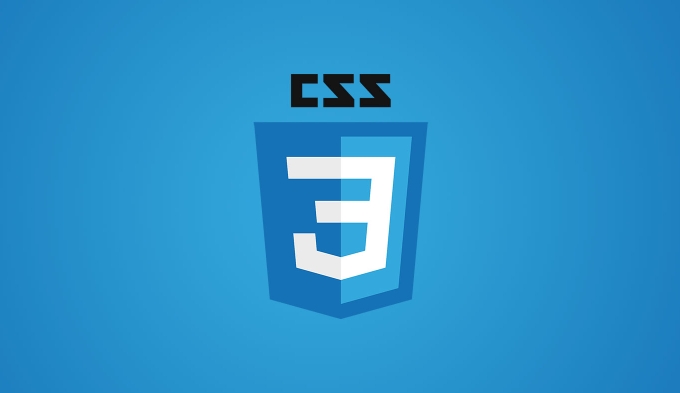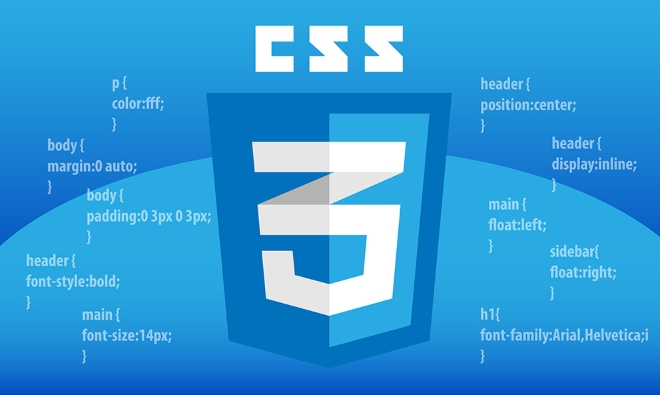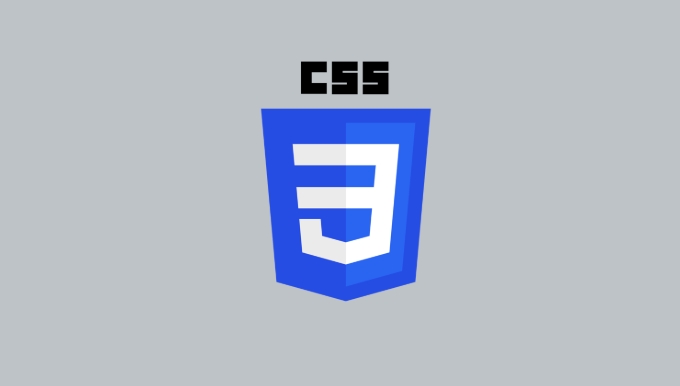Choosing a CSS framework or native CSS depends on project requirements and team proficiency. Using frameworks such as Bootstrap or Tailwind can speed up development with prefabricated components, especially for prototypes or time-critical projects, but requires learning naming specifications and tool patterns; while native CSS does not require additional syntax, suitable for small projects or situations where full control is required. Frameworks may cause code redundancy and need to be manually optimized to avoid performance problems, while native CSS is more flexible but is slow to develop and prone to inconsistent. In teamwork, frameworks help unify styles and simplify handovers, but over-customization can cause confusion, while native CSS is easier to debug due to its simple structure. Therefore, both have their own advantages and disadvantages, and should be weighed based on development efficiency, customization, performance and team processes.

Using CSS frameworks definitely has its advantages, but sticking to vanilla CSS isn't without merit either. The best choice really depends on your project's needs and your team's familiarity with tools.

Faster Development vs. Learning Curve
One big plus of using a CSS framework like Bootstrap or Tailwind is speed. You can get a site up and running fast with pre-built components — buttons, grids, navbars — all styled and responsive right out of the box. This is especially helpful for prototypeing or projects with tight deadlines.

On the flip side, if you're not already familiar with a framework, there is a learning curve. You'll need to learn the class naming conventions, utility patterns (especially in utility-first frameworks like Tailwind), and maybe even how to customize defaults. With vanilla CSS, what you write is what you get — no special syntax or setup needed. If you're just building something small or want full control, plain CSS might feel more straightforward.
- Frameworks save time with ready-to-use components
- Vanilla CSS gives more creative freedom upfront
- Framework knowledge doesn't always transfer between them
Customization and Bloat
A common complaint about CSS frameworks is that they can lead to bloated code if not optimized. Sure, you get a ton of styles by default, but chances are you won't use everything. That unused CSS adds extra weight to your site unless you take steps like purging unused classes or customizing the build process.

Vanilla CSS avoids this issue altogether — you only write what you need. But then again, writing everything from scratch takes longer and increase the chance of inconsistency across your UI.
- Unused CSS in frameworks can slow things down
- Manual optimization helps, but adds setup work
- Writing custom CSS means slower start but leaner output
Maintainability and Team Collaboration
When working in teams, especially ones where not everyone is equally experienced, CSS frameworks can actually help maintain consistency. Everyone uses the same utility classes or component styles, so there's less guesswork involved. It also makes it easier to hand off work or onboard new developers who already know the framework.
But if you're not careful, even framework-based code can become messy over time — especially when people start adding custom overrides or mixing in their own styles inconsistently. Vanilla CSS can suffer from the same issues too, but with fewer abstractions, sometimes it's easier to track down what's causing layout problems or style conflicts.
- Frameworks promote consistent styling across a team
- Too many overrides can defeat the purpose of using a framework
- Pure CSS may be easier to debug due to fewer layers
All in all, whether to go with a CSS framework or stick to vanilla CSS comes down to your priorities: development speed, customization, performance, and team workflow. Neither approach is inherently better — just better suited for different situations.
The above is the detailed content of Pros and cons of using CSS Frameworks vs. vanilla CSS. For more information, please follow other related articles on the PHP Chinese website!

Hot AI Tools

Undress AI Tool
Undress images for free

Undresser.AI Undress
AI-powered app for creating realistic nude photos

AI Clothes Remover
Online AI tool for removing clothes from photos.

Clothoff.io
AI clothes remover

Video Face Swap
Swap faces in any video effortlessly with our completely free AI face swap tool!

Hot Article

Hot Tools

Notepad++7.3.1
Easy-to-use and free code editor

SublimeText3 Chinese version
Chinese version, very easy to use

Zend Studio 13.0.1
Powerful PHP integrated development environment

Dreamweaver CS6
Visual web development tools

SublimeText3 Mac version
God-level code editing software (SublimeText3)
 CSS tutorial for creating loading spinners and animations
Jul 07, 2025 am 12:07 AM
CSS tutorial for creating loading spinners and animations
Jul 07, 2025 am 12:07 AM
There are three ways to create a CSS loading rotator: 1. Use the basic rotator of borders to achieve simple animation through HTML and CSS; 2. Use a custom rotator of multiple points to achieve the jump effect through different delay times; 3. Add a rotator in the button and switch classes through JavaScript to display the loading status. Each approach emphasizes the importance of design details such as color, size, accessibility and performance optimization to enhance the user experience.
 Addressing CSS Browser Compatibility issues and prefixes
Jul 07, 2025 am 01:44 AM
Addressing CSS Browser Compatibility issues and prefixes
Jul 07, 2025 am 01:44 AM
To deal with CSS browser compatibility and prefix issues, you need to understand the differences in browser support and use vendor prefixes reasonably. 1. Understand common problems such as Flexbox and Grid support, position:sticky invalid, and animation performance is different; 2. Check CanIuse confirmation feature support status; 3. Correctly use -webkit-, -moz-, -ms-, -o- and other manufacturer prefixes; 4. It is recommended to use Autoprefixer to automatically add prefixes; 5. Install PostCSS and configure browserslist to specify the target browser; 6. Automatically handle compatibility during construction; 7. Modernizr detection features can be used for old projects; 8. No need to pursue consistency of all browsers,
 What is the difference between display: inline, display: block, and display: inline-block?
Jul 11, 2025 am 03:25 AM
What is the difference between display: inline, display: block, and display: inline-block?
Jul 11, 2025 am 03:25 AM
Themaindifferencesbetweendisplay:inline,block,andinline-blockinHTML/CSSarelayoutbehavior,spaceusage,andstylingcontrol.1.Inlineelementsflowwithtext,don’tstartonnewlines,ignorewidth/height,andonlyapplyhorizontalpadding/margins—idealforinlinetextstyling
 Styling visited links differently with CSS
Jul 11, 2025 am 03:26 AM
Styling visited links differently with CSS
Jul 11, 2025 am 03:26 AM
Setting the style of links you have visited can improve the user experience, especially in content-intensive websites to help users navigate better. 1. Use CSS's: visited pseudo-class to define the style of the visited link, such as color changes; 2. Note that the browser only allows modification of some attributes due to privacy restrictions; 3. The color selection should be coordinated with the overall style to avoid abruptness; 4. The mobile terminal may not display this effect, and it is recommended to combine it with other visual prompts such as icon auxiliary logos.
 Creating custom shapes with css clip-path
Jul 09, 2025 am 01:29 AM
Creating custom shapes with css clip-path
Jul 09, 2025 am 01:29 AM
Use the clip-path attribute of CSS to crop elements into custom shapes, such as triangles, circular notches, polygons, etc., without relying on pictures or SVGs. Its advantages include: 1. Supports a variety of basic shapes such as circle, ellipse, polygon, etc.; 2. Responsive adjustment and adaptable to mobile terminals; 3. Easy to animation, and can be combined with hover or JavaScript to achieve dynamic effects; 4. It does not affect the layout flow, and only crops the display area. Common usages are such as circular clip-path:circle (50pxatcenter) and triangle clip-path:polygon (50%0%, 100 0%, 0 0%). Notice
 How to create responsive images using CSS?
Jul 15, 2025 am 01:10 AM
How to create responsive images using CSS?
Jul 15, 2025 am 01:10 AM
To create responsive images using CSS, it can be mainly achieved through the following methods: 1. Use max-width:100% and height:auto to allow the image to adapt to the container width while maintaining the proportion; 2. Use HTML's srcset and sizes attributes to intelligently load the image sources adapted to different screens; 3. Use object-fit and object-position to control image cropping and focus display. Together, these methods ensure that the images are presented clearly and beautifully on different devices.
 Demystifying CSS Units: px, em, rem, vw, vh comparisons
Jul 08, 2025 am 02:16 AM
Demystifying CSS Units: px, em, rem, vw, vh comparisons
Jul 08, 2025 am 02:16 AM
The choice of CSS units depends on design requirements and responsive requirements. 1.px is used for fixed size, suitable for precise control but lack of elasticity; 2.em is a relative unit, which is easily caused by the influence of the parent element, while rem is more stable based on the root element and is suitable for global scaling; 3.vw/vh is based on the viewport size, suitable for responsive design, but attention should be paid to the performance under extreme screens; 4. When choosing, it should be determined based on whether responsive adjustments, element hierarchy relationships and viewport dependence. Reasonable use can improve layout flexibility and maintenance.
 What are common CSS browser inconsistencies?
Jul 26, 2025 am 07:04 AM
What are common CSS browser inconsistencies?
Jul 26, 2025 am 07:04 AM
Different browsers have differences in CSS parsing, resulting in inconsistent display effects, mainly including the default style difference, box model calculation method, Flexbox and Grid layout support level, and inconsistent behavior of certain CSS attributes. 1. The default style processing is inconsistent. The solution is to use CSSReset or Normalize.css to unify the initial style; 2. The box model calculation method of the old version of IE is different. It is recommended to use box-sizing:border-box in a unified manner; 3. Flexbox and Grid perform differently in edge cases or in old versions. More tests and use Autoprefixer; 4. Some CSS attribute behaviors are inconsistent. CanIuse must be consulted and downgraded.






